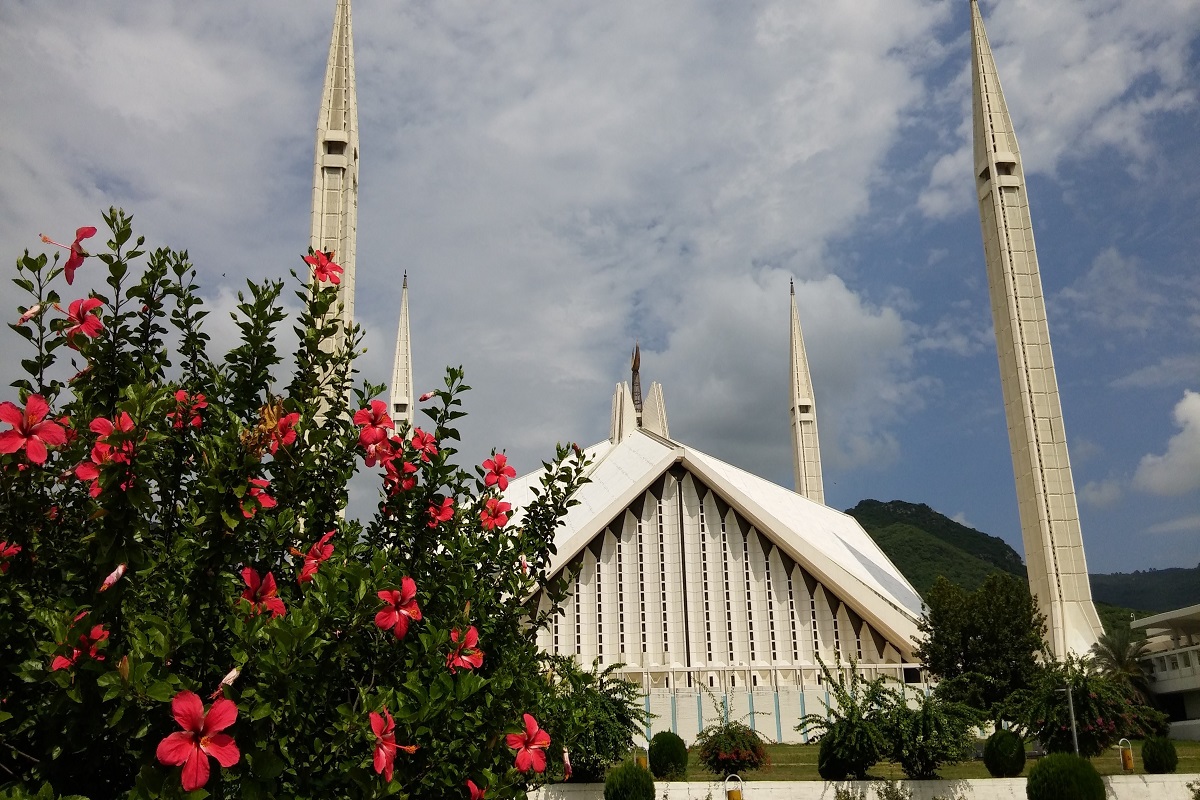
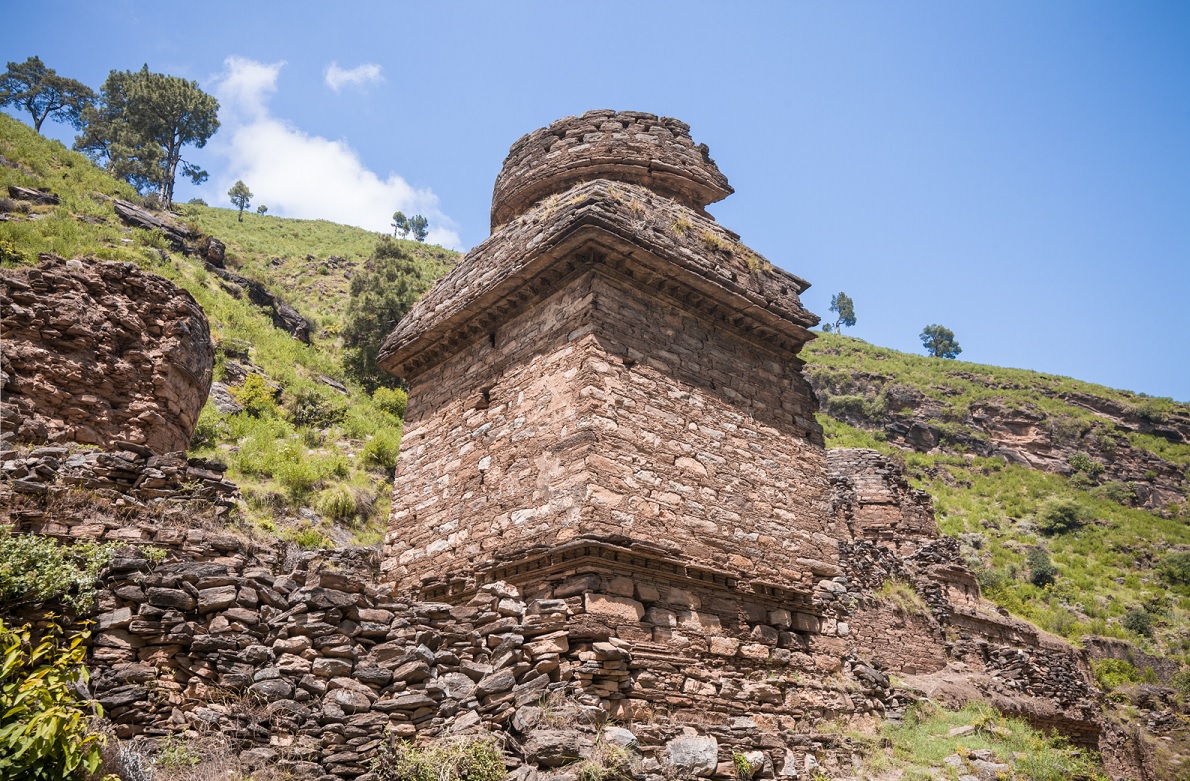
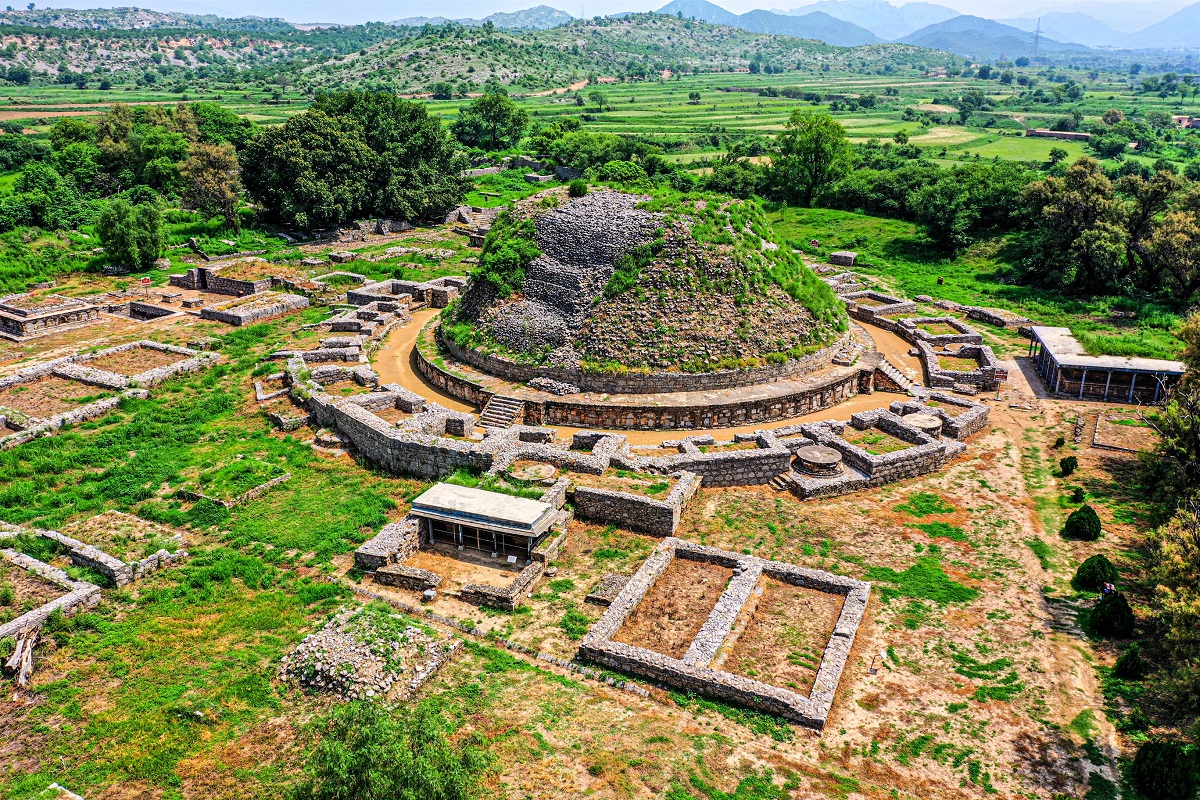
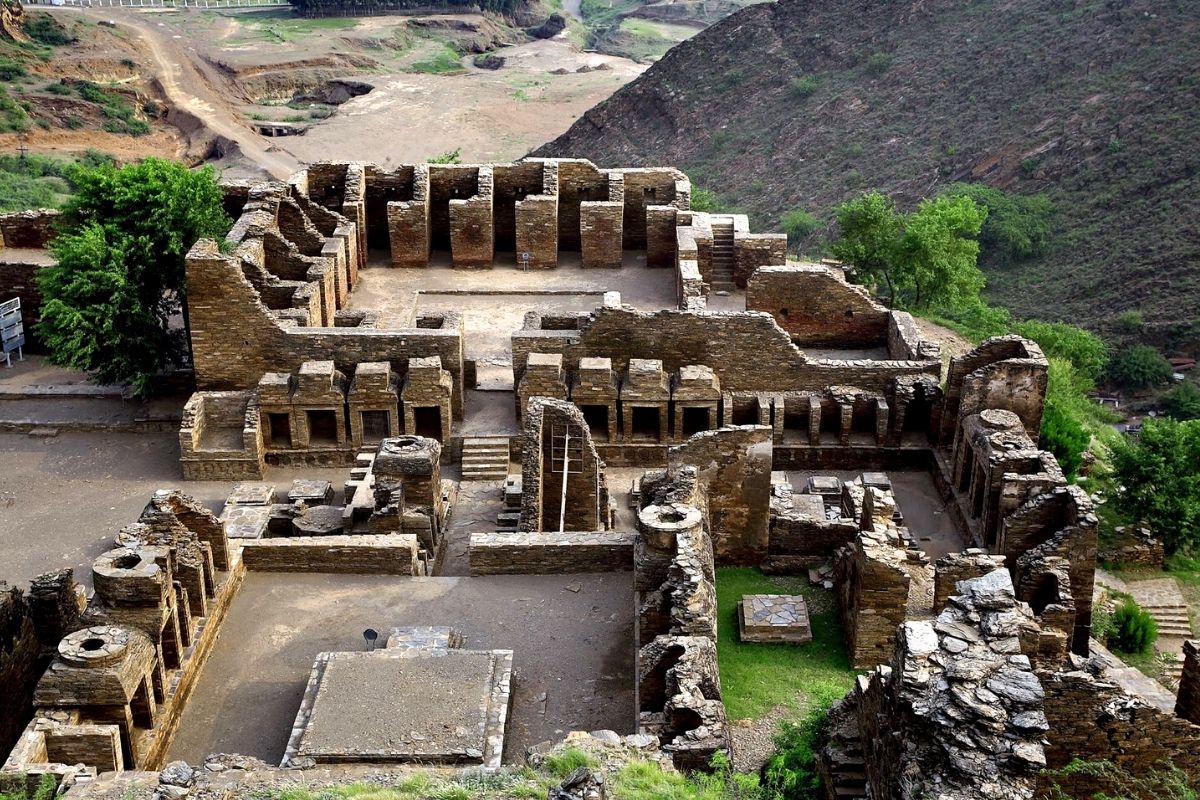
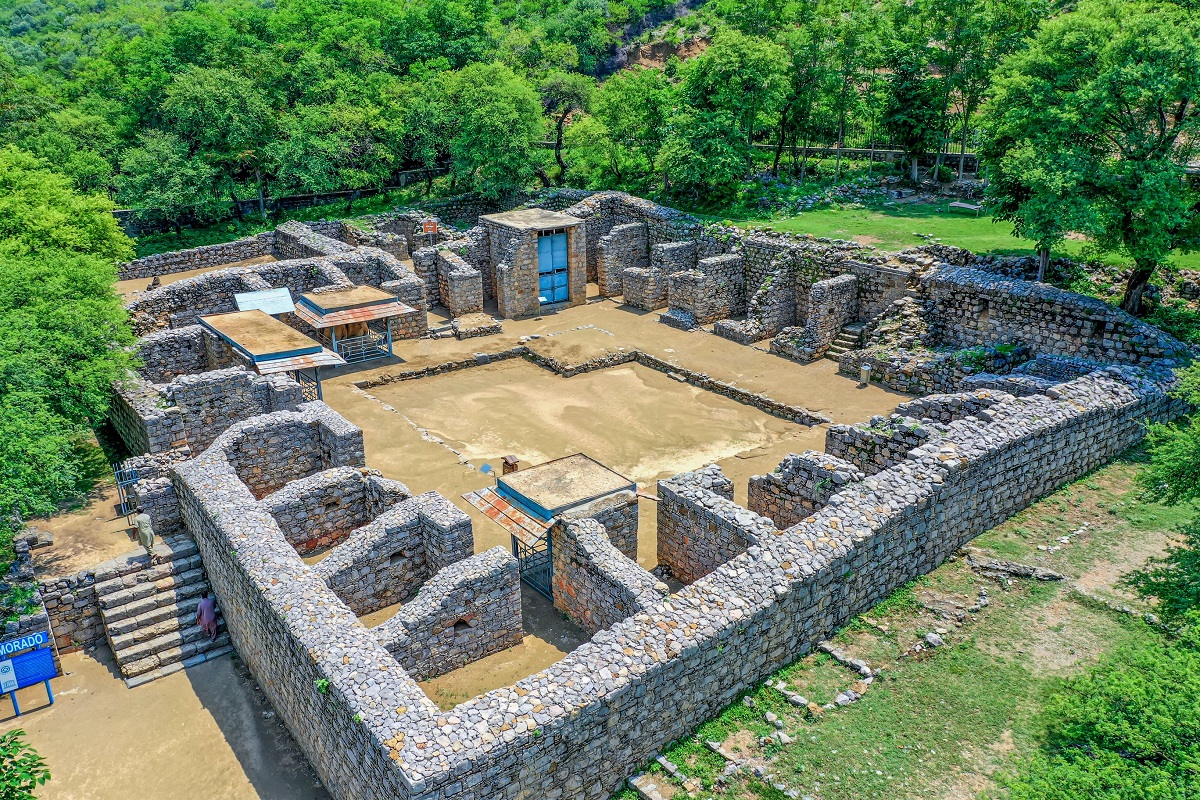
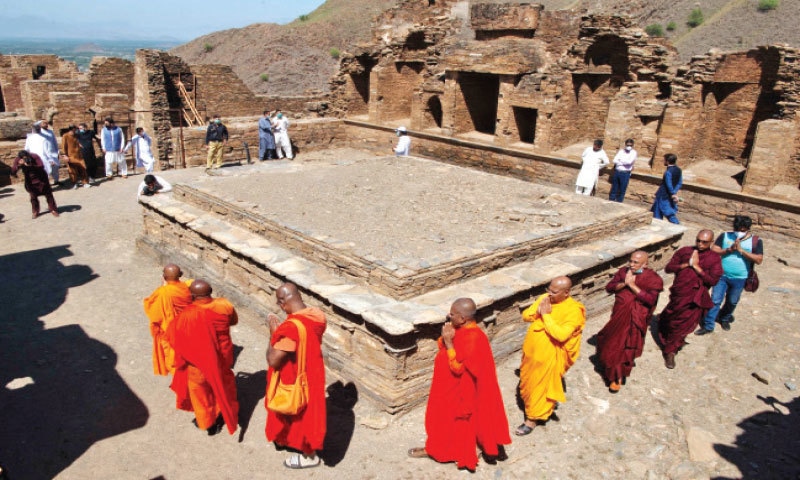
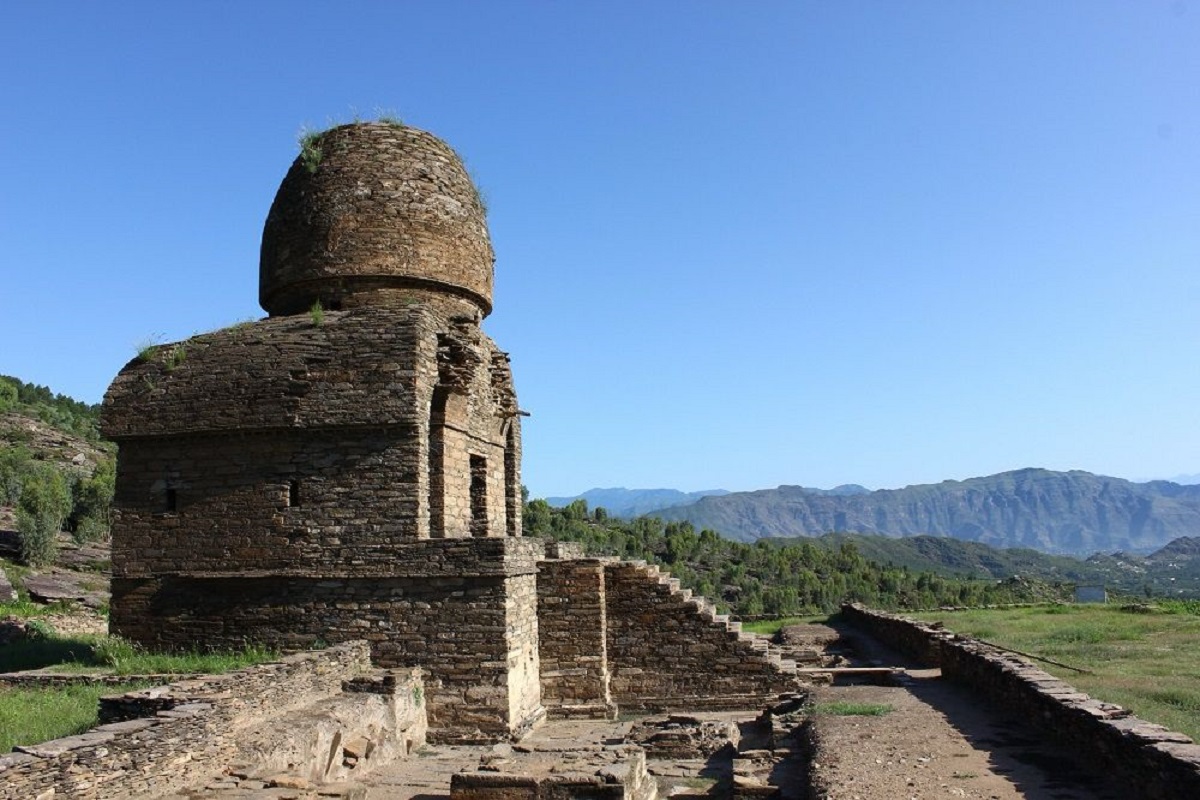
Buddhism, a faith founded by Siddhartha Gautama (known as the Buddha), emerged over 2,500 years ago in India. Today, with approximately 470 million followers, Buddhism is considered one of the major world religions. The birthplace of the Buddha was Lumbini, located in what is now Nepal, and he passed away around the age of 80 in Kushinagara, India.
After the Buddha’s death, Buddhism spread throughout South Asia within the following five centuries. Over the course of the next two millennia, it expanded into Central, Southeast, and East Asia, as well as Eastern Europe. Pakistan, in particular, has been a significant center for Buddhism, attracting a large population of pilgrims, learners, and devotees to destinations such as Taxila and Swat.
Our meticulously planned seven-day trip aims to uncover the remarkable remnants of Buddhism in Pakistan. This land, once a flourishing hub of the faith and a prominent center of learning for monks, holds awe-inspiring Buddhist remains. Throughout the journey, you will have the opportunity to explore these historically significant sites, delve into the rich history and teachings of Buddhism, and witness the cultural impact of this ancient religion in the region.
- Visit Taxila Museum, Julian and Sirkap.
- Visit Mohra Moradu, Dharmarajika Stupa And Monastery, Bhir Mound, Piplan
- Visit Takht Bhai, Swat Museum, Mingora Bazaar
- Visit Qissa Khwani bazaar, Peshawar Museum and Mahabat Khan Mosque
- Visit Famous Faisal Mosque, Pakistan Monument, Lok Versa, Pakistan Monument , Margalla Hills
Welcome at Islamabad airport, and transfer to hotel.
Afternoon proceed for city tour of Islamabad and Rawalpindi, which includes famous Faisal Mosque, Shakar Parian, Pakistan monument, Damen Koh, Lok Versa, Museum, Rawalpindi old bazaar, Raja Bazaar.
Altitude: 540 M
Accommodation: Hotel
Meals: Breakfast, Lunch, Dinner
Morning drive to Taxila 35 km, visit Taxila Museum, Jaulian, Mohra, Moradu and Sirkap. Afternoon city tour of Islamabad, the tour will start from Famous Faisal Mosque, Pakistan Monument, Lok Versa, Pakistan Museum, Margalla Hills, afternoon visit the lively, bustling Rawalpindi city with the crowded streets and colorful bazaars, thorough it lacks the grand monuments; nonetheless, the bazaar should appeal to anyone with the desire to see the real Pakistan.
• Accommodation: Hotel
• Meals: Breakfast, Lunch, Dinner
Drive to Peshawar 170 km, transfer to hotel. After lunch city tour of Peshawar, which includes Peshawar city, Kissa Khani bazaar, Peshawar Museum and Mahabat Khan Mosque.
• Accommodation: Hotel
• Meals: Breakfast, Lunch, Dinner
After breakfast departure for Kalam, en visit a well preserved monastery of Takht-i-Bai and Oddiyana.
• Accommodation: Hotel
• Meals: Breakfast, Lunch, Dinner
After breakfast proceed for the sightseeing of Swat, visit of Swat Museum with its nice collection of Gandhara sculptures collected from some of the Buddhist sites in the valley. A few coins and weapons are also displayed as well as local embroidery, carved wood and tribal embroidery.
• Accommodation: Hotel
• Meals: Breakfast, Lunch, Dinner
After breakfast departure for Islamabad 240 km, 4-5 hours.
• Accommodation: Hotel
• Meals: Breakfast, Lunch, Dinner
Transfer to Islamabad airport for international flight
- Airport transfer on first and last day in Islamabad
- All domestic road transfers
- All hotel accommodation (twin sharing room)
- All hotel meals (breakfast, lunch and dinner)
- Licensed professional guide
- International airfare and airport taxes.
- Visa fee for Pakistan and personal insurance of the clients.
- Tips for drivers, porters and staff
- Single Supplement
- Transfers to and from airports for participants making individual air arrangements
- Optional excursions or deviations from the scheduled tour
- Miscellaneous (drinks, phone calls, laundry, souvenir etc)
- Room service, gratuities for personal services, items of a purely
- Any other service that is not mentioned in the list above.
